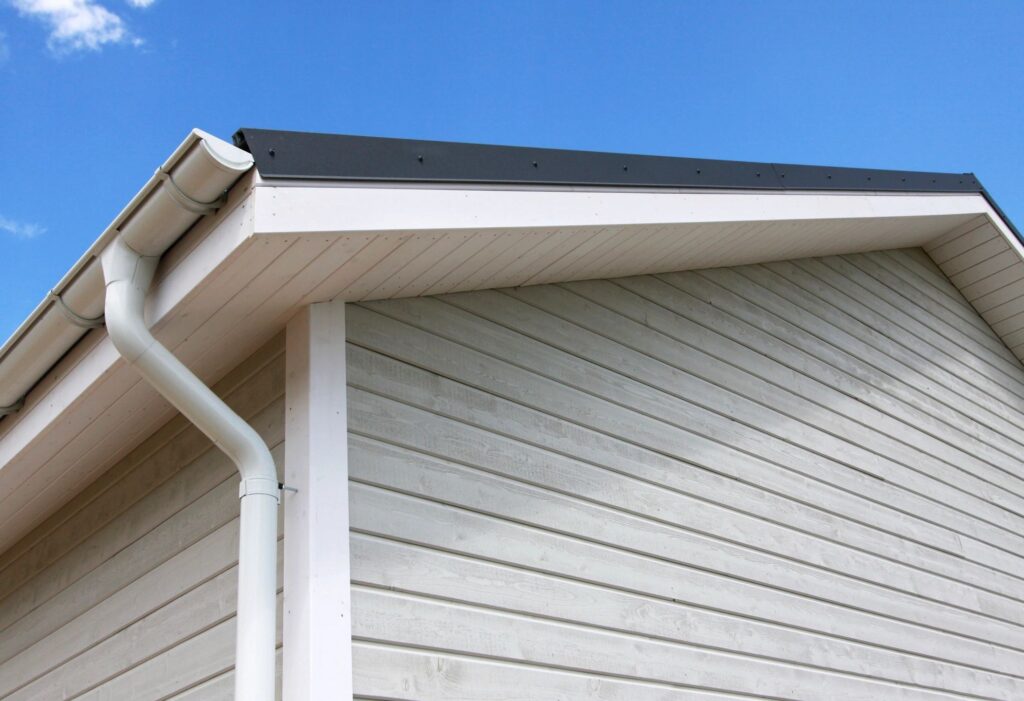9 Signs You Need Siding Repair or Replacement

Your home’s siding not only enhances its curb appeal but also acts as a vital barrier against the elements. Over time, siding can wear down or get damaged, affecting both the look and the protection it provides. How do you know when it’s time for new siding or repairs? Here are some clear signs that your siding may need attention.
1. Cracks, Holes, or Warping
Visible cracks, holes, or warping in your siding are clear signs that repairs are needed. Damaged siding can allow moisture, pests, and drafts to penetrate your home, leading to bigger issues like mold growth or wood rot. If you notice these issues, it’s important to address them as soon as possible to avoid further damage.
2. Peeling Paint or Wallpaper Indoors
Peeling paint or wallpaper inside your home, especially near walls, can be an indicator that moisture is seeping through damaged siding. This can cause costly damage to your home’s interior and lead to long-term structural problems. If you see these signs, it’s time to have your siding inspected and repaired.
3. Faded or Discolored Siding
While some fading over time is normal, significant discoloration can indicate that your siding has aged beyond its lifespan. Fading may also point to UV damage or deterioration of the protective layers. If the color of your siding looks worn, it may be time to consider replacing it.
4. High Energy Bills
If you’ve noticed a sudden increase in your energy bills, your siding could be part of the problem. Damaged or aging siding loses its ability to insulate your home effectively, allowing warm or cool air to escape. Replacing your siding can improve your home’s energy efficiency and help lower those energy bills.
5. Mold, Mildew, or Fungus Growth
Mold, mildew, or fungus growth on the exterior of your home, particularly around the seams of the siding, can be a sign of trapped moisture. This is often caused by leaks in your siding, which can lead to serious damage if left unchecked. Cleaning may work for surface growth, but significant mold could indicate the need for siding replacement.
6. Bubbling or Blistering
Bubbling or blistering on your siding means that water has become trapped underneath, a sign that your siding is no longer protecting your home from moisture. Once moisture starts to get inside, it can damage the structure of your home, making siding replacement a priority.
7. Loose or Missing Siding
If pieces of siding are coming loose or have fallen off, it leaves your home vulnerable to the elements. This can happen after severe weather or due to aging materials. Loose or missing siding needs to be replaced to ensure that your home stays properly insulated and protected.
8. Rotting or Soft Spots
If your siding is made of wood or wood composite materials, it’s essential to check for signs of rot. Press on the siding in various places—if you notice soft spots or areas that seem to be deteriorating, it’s a strong sign of water damage. In this case, you’ll likely need to replace the rotted sections or the entire siding.
9. Frequent Maintenance
If you find yourself constantly repainting or repairing your siding, it might be time to replace it altogether. Newer siding materials like vinyl or fiber cement require much less upkeep and offer long-lasting durability, saving you time and money on frequent maintenance.
When to Call a Professional
If you’ve noticed any of these signs, it’s important to have a professional siding contractor inspect your home. They can help determine whether your siding needs minor repairs or a full replacement.
Protect Your Home with Quality Siding
Your home’s siding is a critical component in keeping your family safe and comfortable. Don’t ignore the warning signs—address siding issues early to prevent bigger problems down the line. Contact the siding experts at Advanced Building & Design for an inspection and free estimate, and enjoy peace of mind knowing your home is well-protected.
Sources:
Bob Vila
Mr. Handyman
